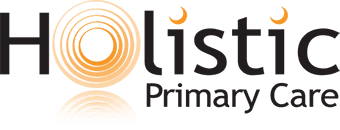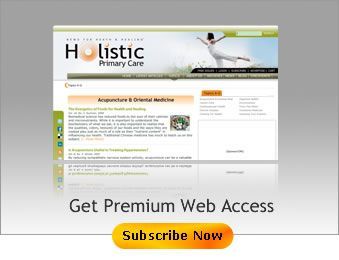Helping Women with Osteoarthritis: Share Your Clinical Experience!
New studies are showing that, like cardiovascular disease, osteoarthritis affects women differently than it does men. Women tend to have more severe pain, in more joints simultaneously, and the diseaes often has a far greater psychosocial impact. To better understand how joint disorders affect women and to identify strategies that can improve care, Holistic Primary Care is collaborating with Joyn, makers of the SheaFlex 70 joint health supplement, and Everydayhealth.com, one of the nation’s largest online health communities, on a first-of-its-kind survey of doctors and patients. We invite your participation!







